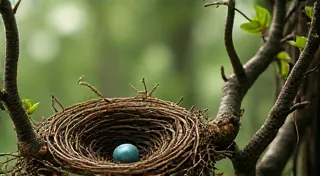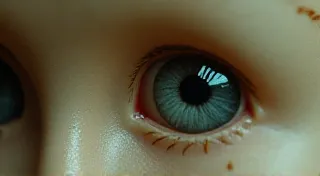Ornamental Bastions: The Allure of Decorative Coin Purses
They aren’t simply vessels for spare change. Vintage coin purses, particularly those adorned with intricate embellishments, are tiny, portable time capsules – miniature works of art offering a fleeting glimpse into the tastes, aspirations, and craftsmanship of a bygone era. They are ornamental bastions, protecting not just pennies, but a tangible piece of history. As a collector for many years, I’m often asked, "Why coin purses? Why these seemingly small objects?" The answer, I find, isn’t about value in the monetary sense, although certain rare pieces certainly command a premium. It's about the stories they whisper; the echoes of hands that held them, the occasions they witnessed, and the artistry that poured into their creation.
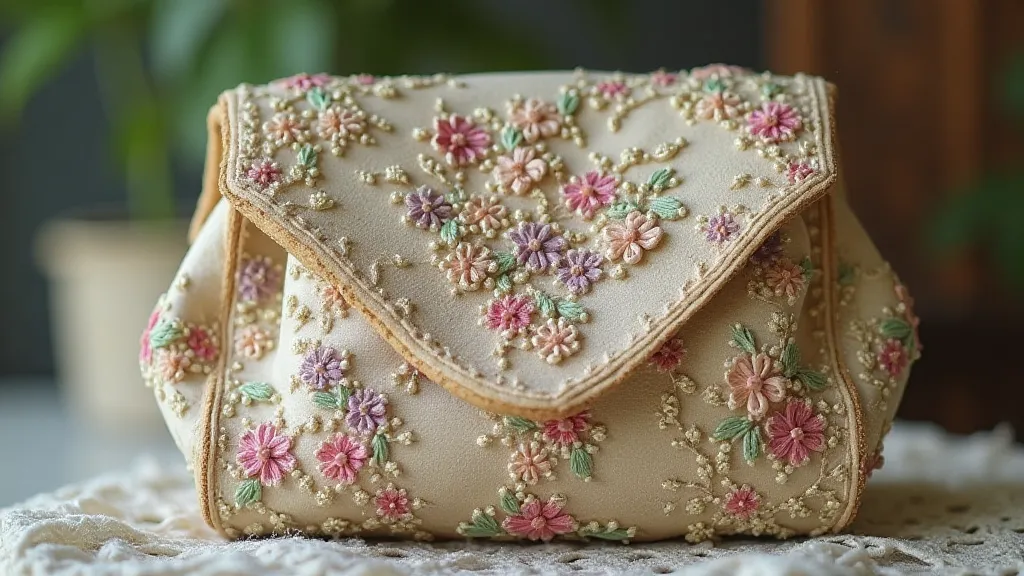
The Dawn of Decoration: From Function to Flair
Prior to the mid-20th century, coin purses were largely utilitarian items – simple leather pouches or plain cloth bags. Their primary function was to carry money, and aesthetics took a backseat. The rise of the decorative coin purse parallels the broader evolution of fashion and consumerism. The post-war boom brought increased disposable income and a desire for self-expression. Suddenly, even the smallest accessory became a canvas for artistry.
The 1930s and 40s witnessed a surge in embellished coin purses, often reflecting the Art Deco and later, the wartime "make-do-and-mend" aesthetic. Enamelwork became increasingly popular, with vibrant colors and geometric patterns adorning metal frames. Fabrics like silk, velvet, and rayon provided a luxurious backdrop for intricate beadwork, embroidery, and appliqué. Imagine a young woman in the 1940s, carefully selecting a coin purse with a playful polka-dot pattern or a stylized floral design – a small indulgence in a world still marked by austerity.
A Symphony of Detail: Techniques and Materials
The level of craftsmanship found in many vintage coin purses is truly remarkable. Beadwork, often executed with minuscule glass beads, formed swirling patterns or depicted charming scenes. Embroidery, ranging from simple chain stitch to elaborate satin stitch, added texture and dimension. Appliqué, where pieces of fabric were sewn onto a base layer, allowed for the creation of intricate pictorial designs.
Materials played a crucial role in the overall aesthetic. Genuine leather, often dyed in rich jewel tones, provided a durable and elegant foundation. The shimmer of sequins added a touch of glamour, while the subtle sheen of enamelwork hinted at a bygone era of luxury. Even the linings of these purses – often silk or satin – were chosen with care, reflecting an attention to detail that is rarely seen in modern mass-produced items. I recall finding a small, velvet coin purse recently, its lining a faded rose pink, the color so delicate it felt like holding a secret. It was a potent reminder of the love and care poured into these tiny treasures.
Decoding the Design: A Reflection of Taste
The designs on vintage coin purses aren’t random; they provide invaluable clues about the tastes and preferences of their original owners. Floral motifs were immensely popular, reflecting a romantic sensibility. Geometric patterns, often influenced by Art Deco, embodied a sense of modernity and sophistication. Figurative designs – depicting animals, birds, or even stylized portraits – offered a glimpse into personal interests and aspirations.
Sometimes, the designs tell a more specific story. A coin purse adorned with images of airplanes might belong to an aviatrix or a young man dreaming of flight. A purse featuring a playful kitten design could have been a child's cherished possession. These purses weren’s just accessories; they were expressions of identity, miniature declarations of self.
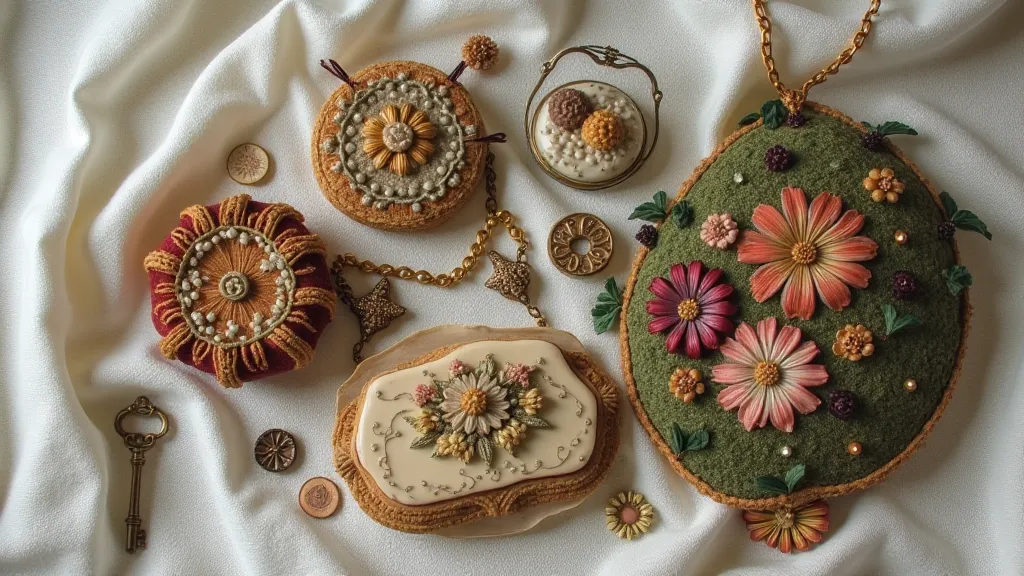
Caring for Your Ornamental Bastion: Preservation and Collecting
Collecting vintage coin purses isn’t just about acquiring beautiful objects; it’s also about preserving a piece of history. These delicate items are often fragile and require careful handling. Storing them in acid-free sleeves and boxes is essential to protect them from damage. Avoid exposing them to direct sunlight or excessive humidity, which can fade colors and weaken fabrics.
Restoration can be a delicate process. While cleaning is necessary, harsh chemicals should be avoided. Loose beads can often be reattached with a fine needle and thread. Tears can be carefully mended using archival-quality fabric. However, it’s often best to leave repairs to professionals who specialize in textile conservation. A little patience and gentle care can significantly extend the lifespan of these treasured possessions.
When collecting, consider focusing on a specific theme or period. Perhaps you’re drawn to the vibrant enamelwork of the 1930s, or the charming floral designs of the 1950s. Building a collection around a cohesive theme can be immensely rewarding, allowing you to delve deeper into the history and artistry of these miniature treasures. I, for instance, have a soft spot for those with metal frames—the satisfying click of the clasp, the way the light catches the etched details, it's all part of the allure.
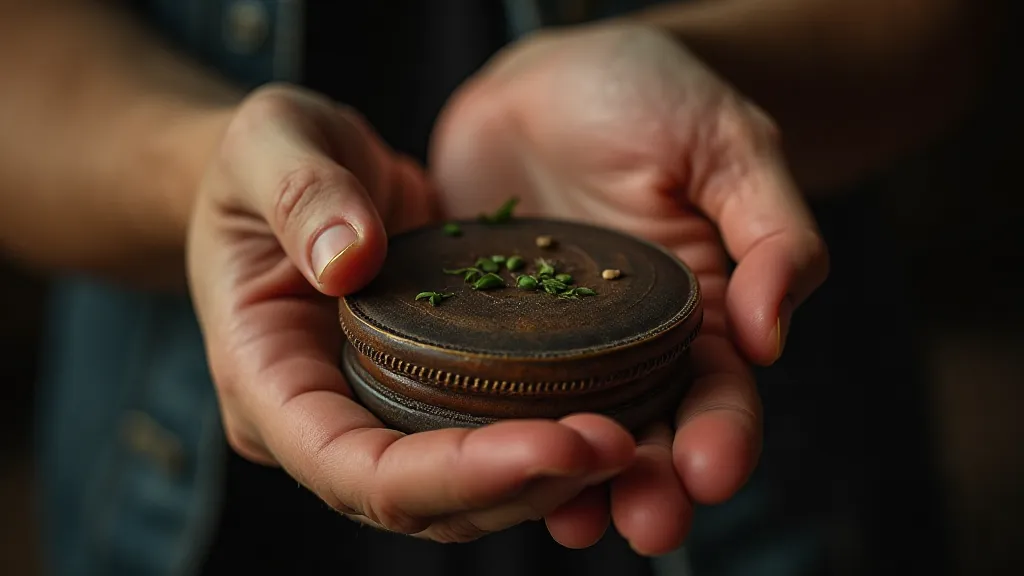
A Timeless Connection
Vintage coin purses offer more than just a glimpse into the past; they provide a tangible link to the lives and aspirations of those who came before us. They are miniature works of art, meticulously crafted and imbued with a sense of history and charm. As a collector, I’ve discovered that the true value of these ornamental bastions lies not in their monetary worth, but in the stories they whisper – stories of beauty, artistry, and the enduring power of human creativity. They are little pieces of the past, perfectly preserved, waiting to be rediscovered and appreciated anew.


